I often have visited to shrines or temple, read books about Japanese culture and leaning about how to wear Kimono recently because the desire to learn Japanese culture properly became stronger year by year. What I would like to learn about next it Ikebana (Japanese flower arrangement).
You can see Ikebana somewhere cultural places, but I only enjoy it seeing not doing for now because I hesitate to do it… However, I found a experience chance of it at MOA museum of art in Atami.
The venue is very nice which is “this reconstruction is a precious document of the traditional machiya style of house from the Edo period. The Residence contains two tea rooms, one five-and-half-mat size and the other three-mat. The latter “Seisei-an” was named after Korin’s pen name, and the sign for the room was created by Japanese artist Okumura Togyu. The reconstruction was supervised by a great authority on the Sukiya style of architecture Dr Sutemi Horiguchi.”
The reconstruction is here.
I felt so excited having Ikebana at a room that Korin Ogata designed. It is interesting that my spine straightened out naturally, and tried to be polite and behave like a lady 🙂
I introduce all the steps.
1. Choose flower
Choosing a favorite flower from several kinds of preparations. I chose a dignified pink camellia. Why I chose it was just followed my instinct. I didn’t know why but I was jus curious about it and the teacher told me that the name of the flower was “Hikarugenji”. A flower I chose was a character of playboy in the Heian period (The last division of classical Japanese history, running from 794 to 1185).
2. Scrutinize flower
I was told about the flower information and the next step is scrutinizing the flower. Scrutinizing the flower well. Try to understand it by scrutinizing the color of petals, how to attach petals, number of sheets, petals, then about leaves and stems.
I started to feel affection for the flower facing the little life I met it for a reason. Yeah to my little playboy…
3. Choose flower vase
Returning the flower to the water and choose a flower vase. I chose a rounded and sized to be wrapped with both hands, but there is a heavy feeling. The color was calm and close to black because I thought it was good match to the pink flower.
4. Scrutinize flower vase
Scrutinizing the flower vase same as flower. Scrutinizing the flower vase well. Began to talk about it for some reason, and then I could see the artist’s handworks such as the imbalance that can not be expressed in machines and the beauty of organic lines, the shine of the colors, and also the soil forming this vase…
5. Arrange flower
The next step is arranging flower finally after talking with the flower and the flower vase enough. My job was to bring out the best expression of the flower when I put the flower in the flower vase. I explored various possibilities, such as length, number of leaves, angle etc. And important thing at this step is thinking about where to decorate.
I remembered one lesson at this time that Michelangelo’s statue of David was made to be considered properly so that people can look most beautiful when looking up from below (FYI). I wanted the flower vase to decorate to the wall not on the ground, and returned to work to explore possibilities again imagining the viewer’s eyes.
Arranged it, adjusted the length, took balance the number of leaves, and repeated it over and over… It was difficult to take balance because the flower’s head was heavy, yeah he was not easy. Finally the balance was fixed with my teacher’s support.
I took distance to check the whole balance. It was okay to use one flower but I decided to add flowers because the camellia looked a bit lonely (as I thought). I choose one with some small yellow flowers which looked gentle. Right I imaged that women cuddling up with him.
I added yellow flowers and adjusted the balance again and finally completed.
6. Decorate
I hang it on the wall not on the ground. It showed me a different look when I arranged it on the table. The playboy on a “real stage” stands grandly with luxury and beauty but somewhere he looked sad and get his sensitivity. Women with him looked like they support him but maybe invite him. Perhaps he seduce them or chase them or lean to them. Romantic situation of men and women unfolded in one vase.
Today’s art: Derived from the classical literature in the Heian period. “The Tale of Genji” by Hina Tanaka.
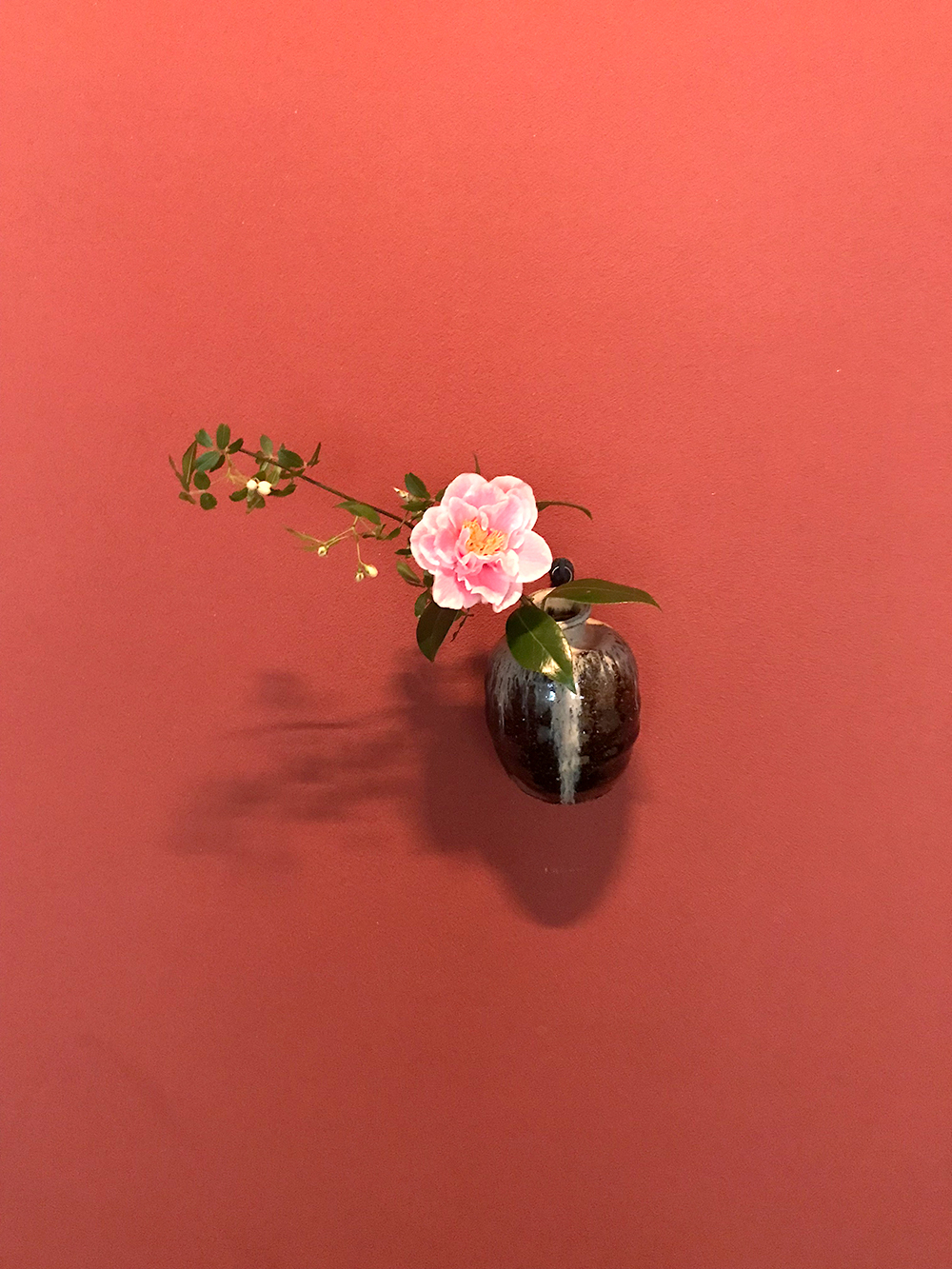
It was so much fun something like this!
I should learn about next is Ikebana.
The impression is completely different as the wall color is different. The soft colorful wallpaper with waves designed by Korin. The pattern expresses the swaying heart of Hikarugenji wonderfully, and the wallpaper and the flower match perfectly like a single picture 😉
*The diagonal condition of the flower arrangement is the expression of the teacher ‘s chic
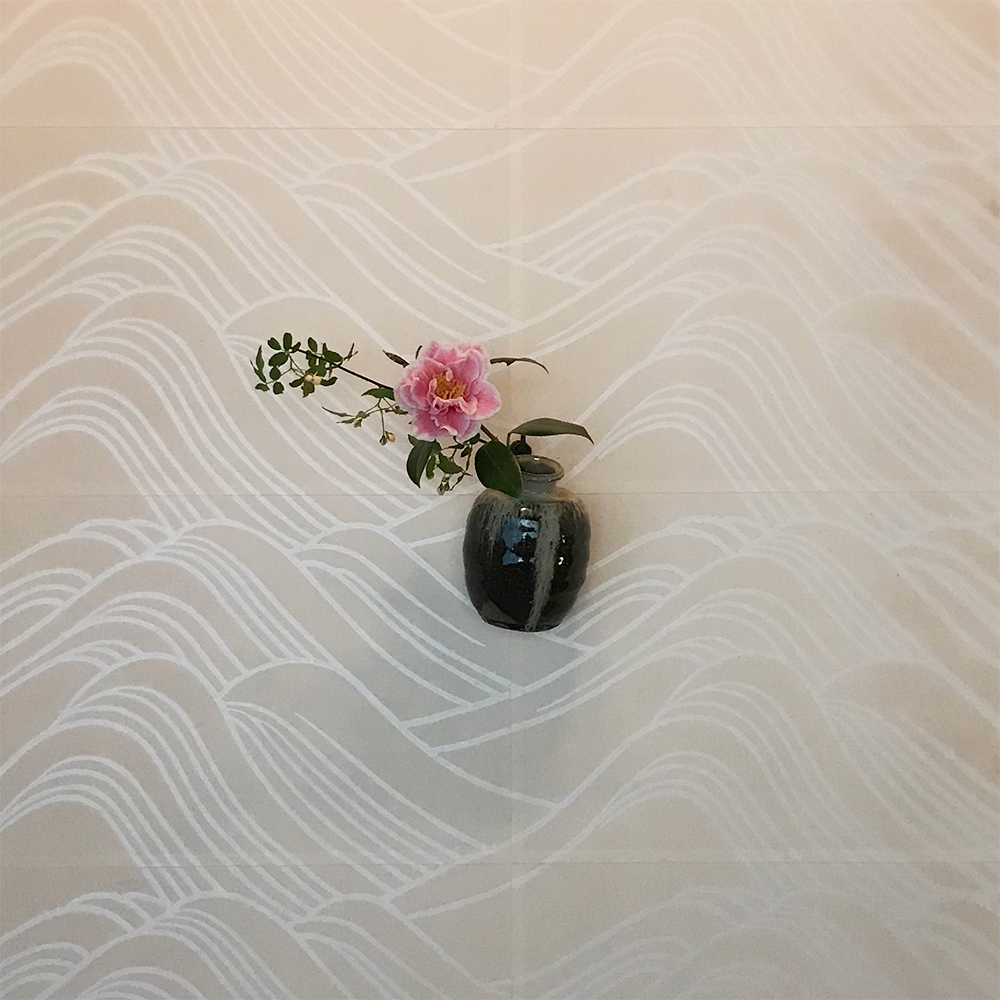


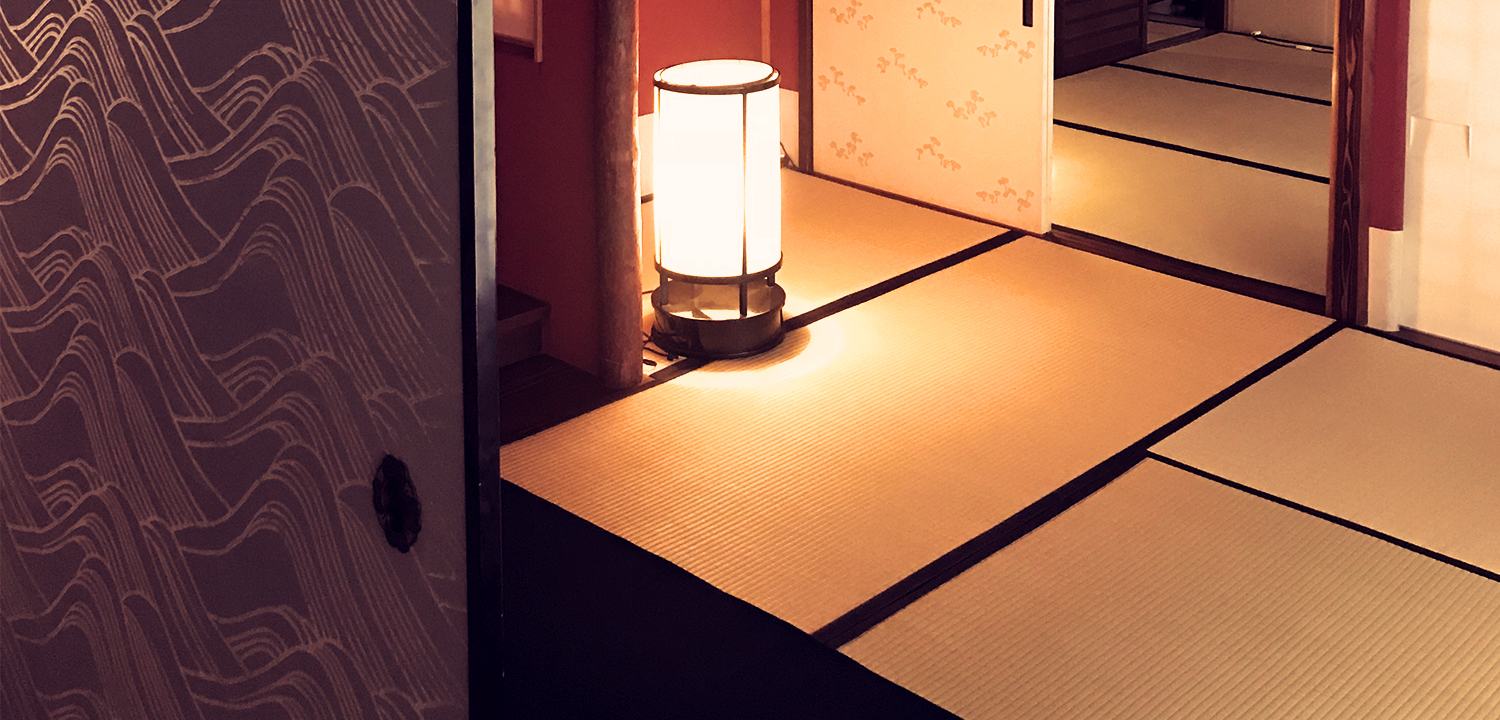


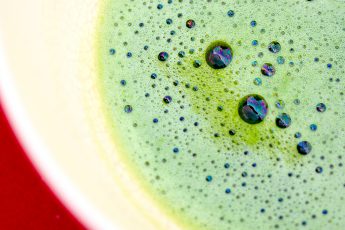
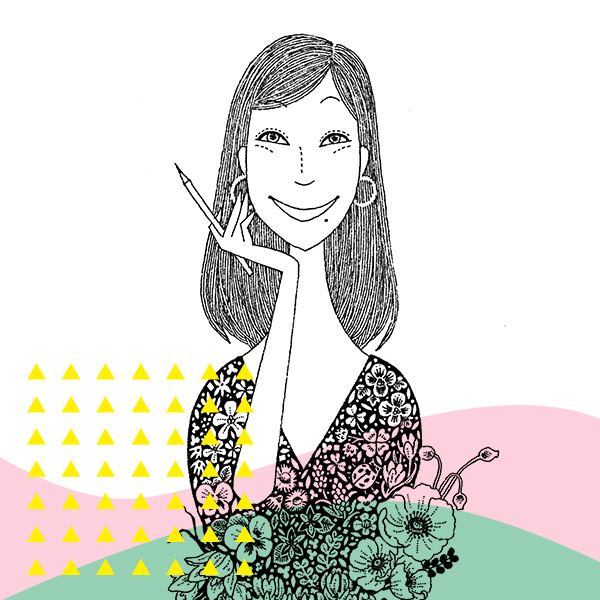

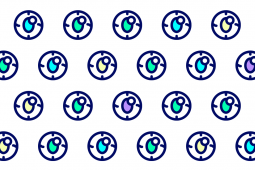

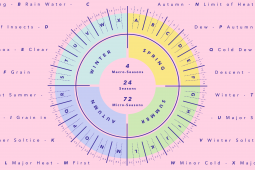
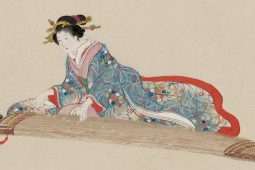


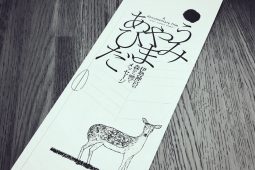

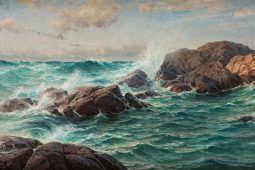
Leave a Comment